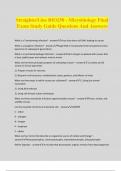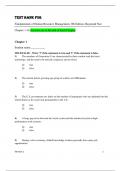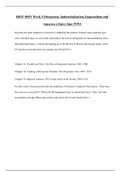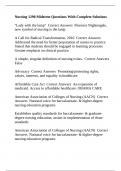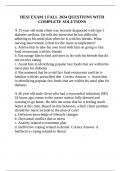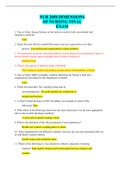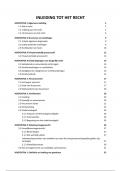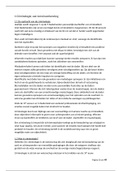Exam (elaborations)
StraighterLine BIO250 - Microbiology Final Exam Study Guide Questions And Answers
- Course
- Institution
StraighterLine BIO250 - Microbiology Final Exam Study Guide Questions And Answers What is a Transforming Infection? - answerVirus that alters cell DNA, leading to cancer What is a lysogenic infection? - answerPhage DNA is incorporated into host genome and is passed on to subsequent generations ...
[Show more]
